Onam, saying it with flowers — part 2
The traditional ritual of laying pookkalam (floral carpet) or Onapookkalam starts on Atham constellation and ends on Thiruvonam constellation. The ten days are known as Atham, Chithira, Chodhi, Vishakam, Anizham, Thriketta, Moolam, Pooradam, Uthradam and Thiruvonam.
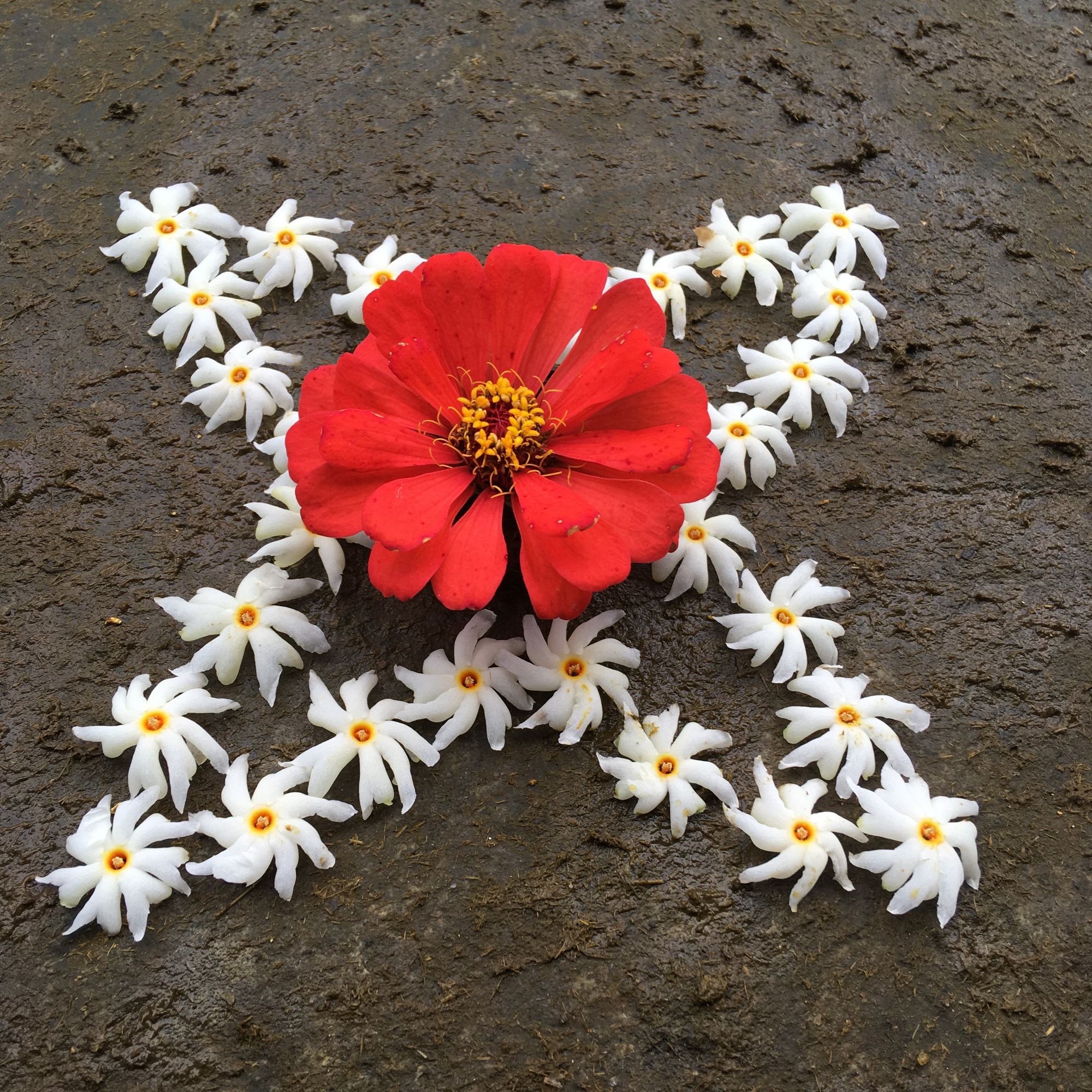
Pookalam for ten days
The traditional ritual of laying pookalam (floral carpet) or Onapookkalam starts on Atham constellation and ends on Thiruvonam constellation. The ten days are known as Atham, Chithira, Chodhi, Vishakam, Anizham, Thriketta, Moolam, Pooradam, Uthradam and Thiruvonam. The first and the last day are particularly important. The pookalam on the first day is called Athapoo, and it is relatively small in size. The size of the pookalam increases progressively with each day of the Onam festival. On Atham day, the space of the pookalam is cleaned and smeared with cow dung.
In laying the carpets, different customs are followed. In Southern Kerala, the flowers are placed over mud steps which must be odd in numbers. The pile of mud with its steps is in the shape of a cone and looks like a pyramid. In Central and Northern areas, flowers are laid on the courtyard floor which has been plastered with cow dung.

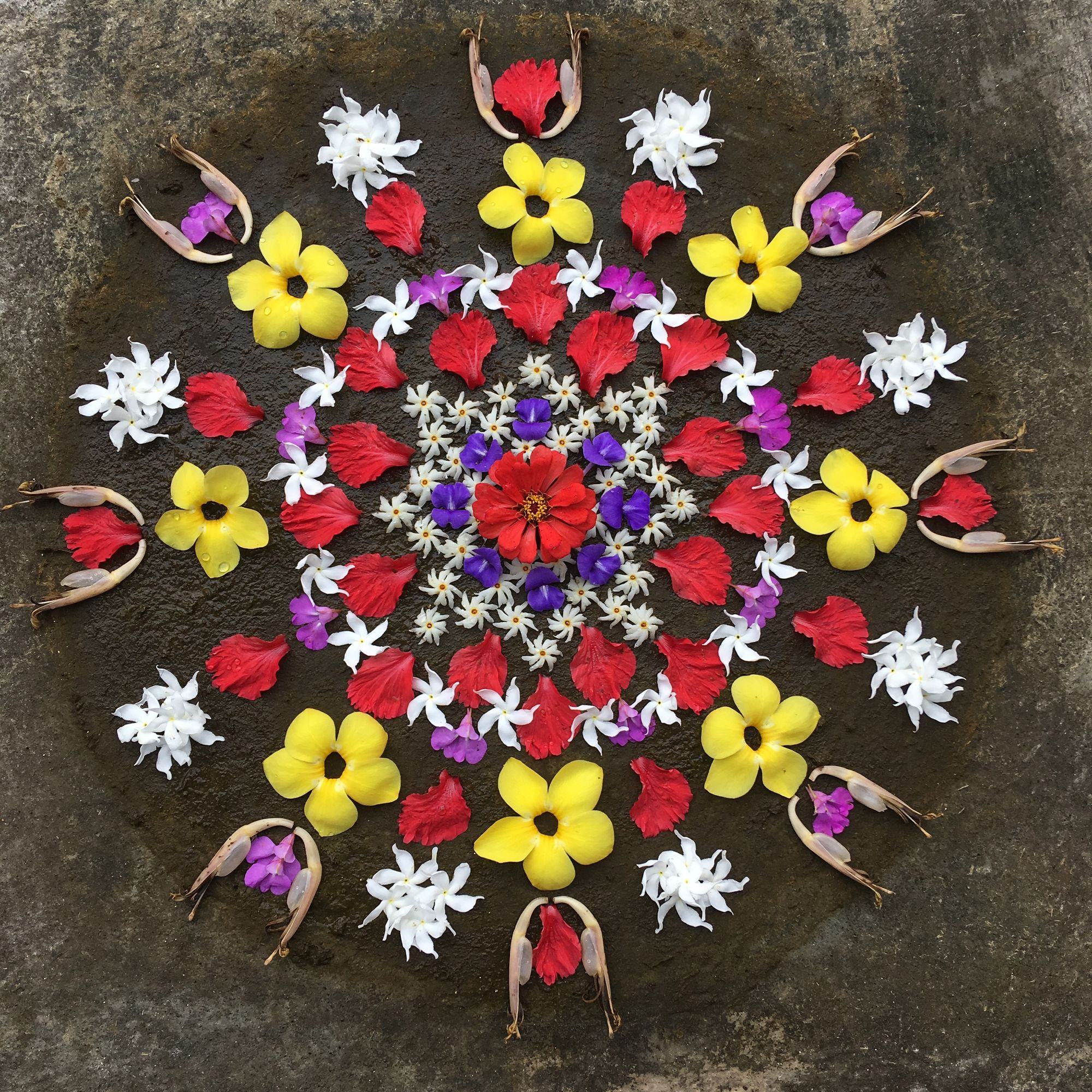
In certain parts of Kerala, there is a custom of keeping a pyramid-like structure (Thrikkakara Appan) or a human figure made of clay. Thrikkakara Appan is said to represent Vamana (an incarnation of Vishnu), the one who sent King Mahabali into the Netherworld or Mahabali himself. To the question, "who is Onathappan?" A beautiful Onam song identifies the earthen image as a deity presumably Vishnu. But many think Onathappan as Mahabali or even god Shiva because of its phallic shape.
When Holy Onam dawns, you come in the form of clay even though you are there in the form of gold. With a sandalwood stick in your hand, jumping into the flower decorations you come to my courtyard. Welcome, welcome, welcome.
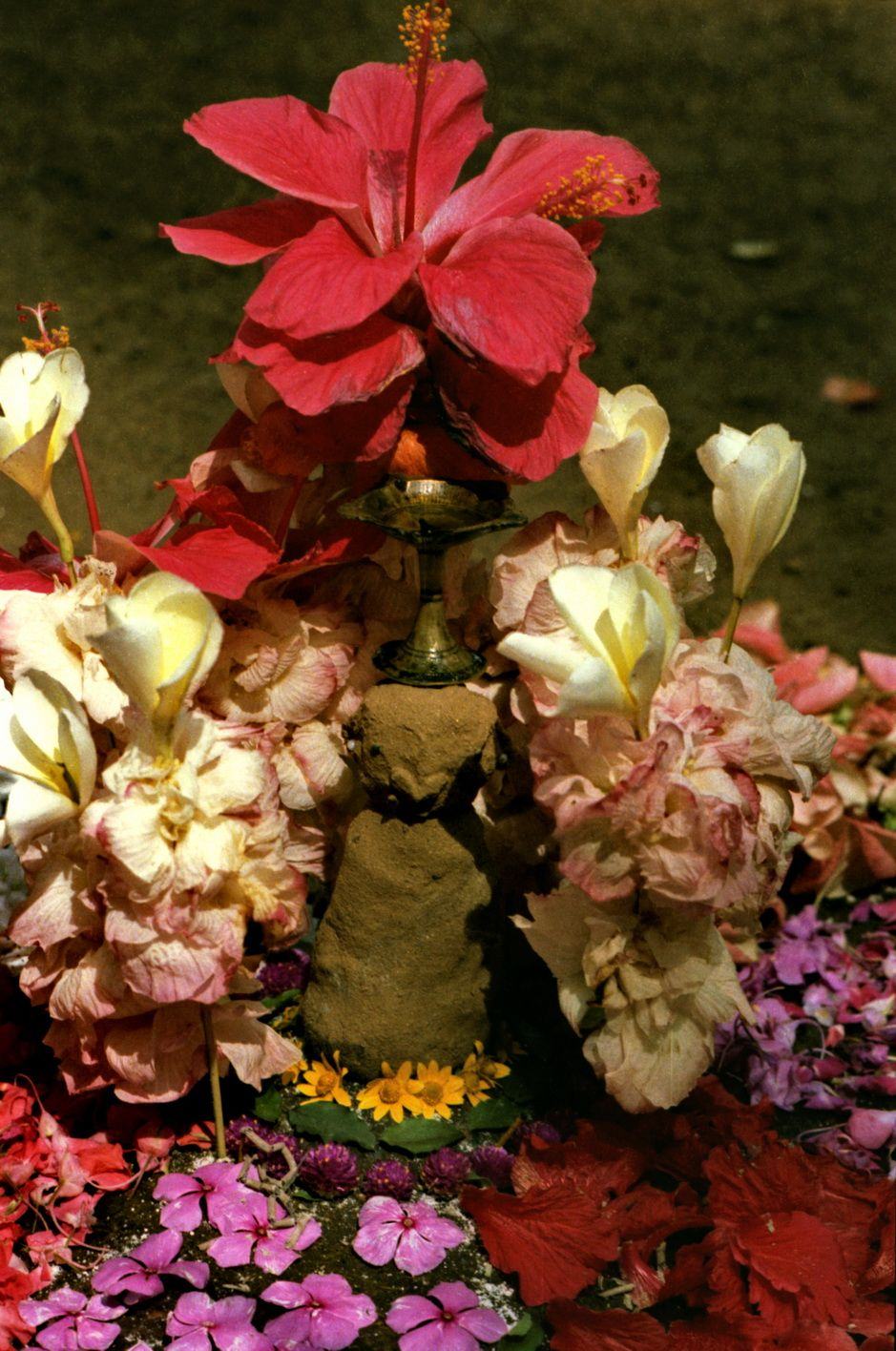
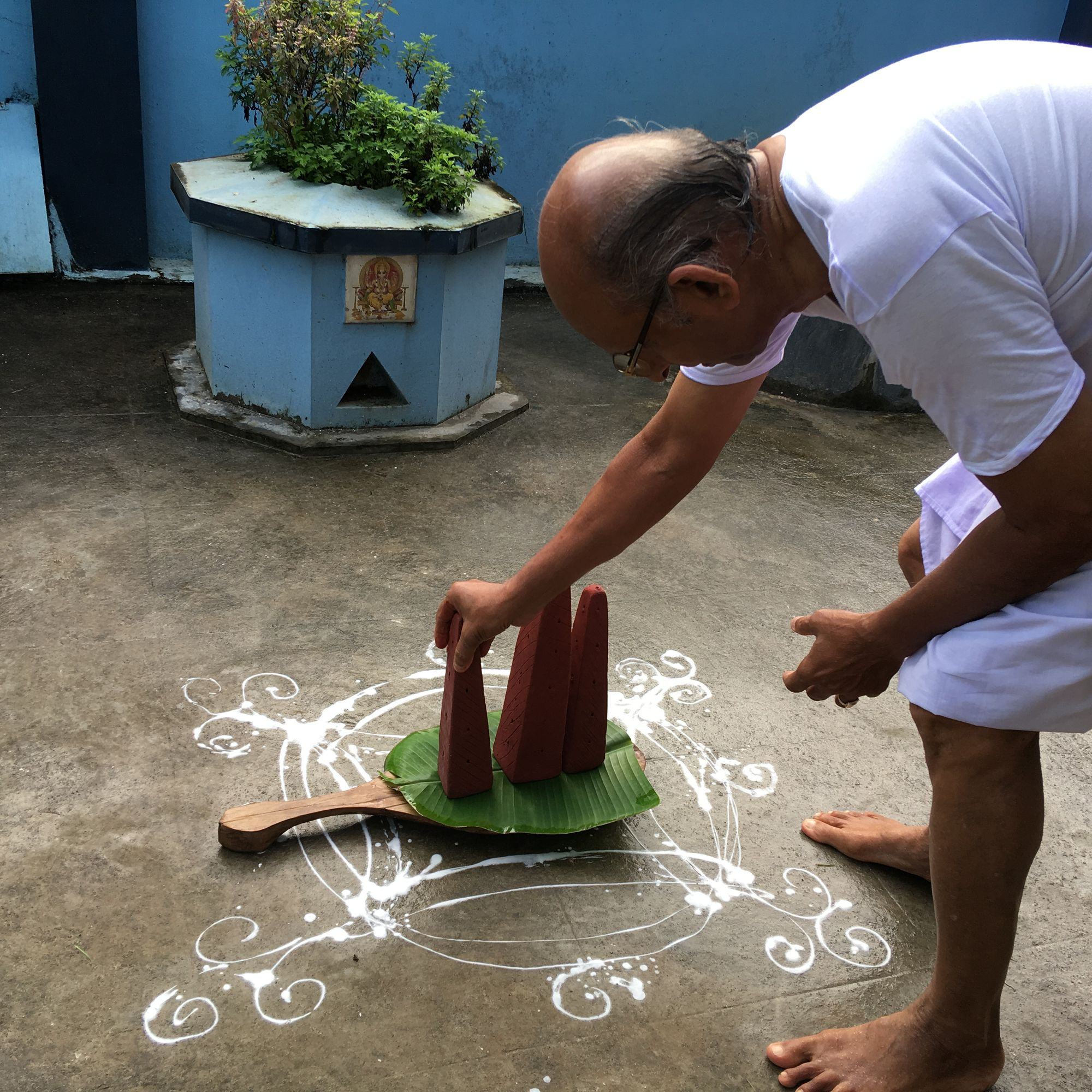
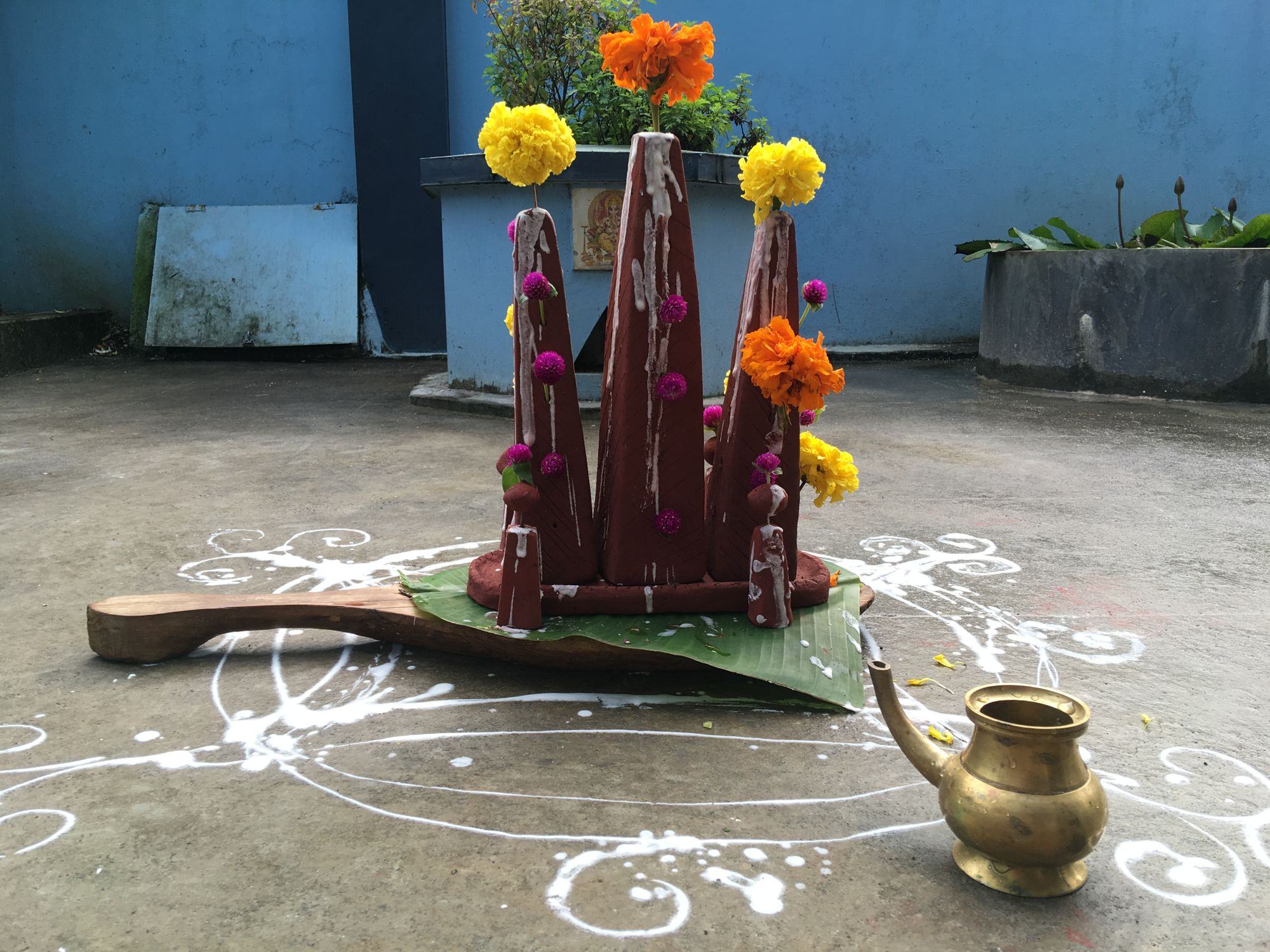
Onam celebrations at Manjusha's home
Manjusha grew up in a small and culturally rich village called Thekkegramam in Palakkad, Kerala, her interests include a variety of subjects but cooking is a real passion for her. Through her blog "Samagni", she aims to record of all the mouth watering dishes that her mother and family members make. Many vegetarian recipes, mostly traditional South Indian, and occasional experiments in other cuisine. She has also a few customized versions of rare naadan (local) recipes also. This year she shares with us some thoughtful remarks and the Onam celebrations at her home.
"Near my home, i see that even though everyone has flowers in their garden, nobody wants to pluck them for the pookalam. Everyone just buys a readymade flower kit from the market. When my relatives came home for Onam, we were discussing about how my eldest aunt used to make her own Mahabali and Vamana clay figures. Mahabali would be stout fat one by the side and Vamana would be a tall one. On the day of Makam Nakshatra, there would be a special massive one made called Maka thadiyan. All these were made at home and she would clean the large porch and spread cow dung on it and use rice flour paste to make the kolam and keep the structures and decorate them so well. I really wished there were at least pictures that I could see and learn. But next time I plan to sit with my cousins and my mother to understand the kolams she used to make and maybe draw them out so next time I can try it. The celebrations would continue way after the 10th day also."
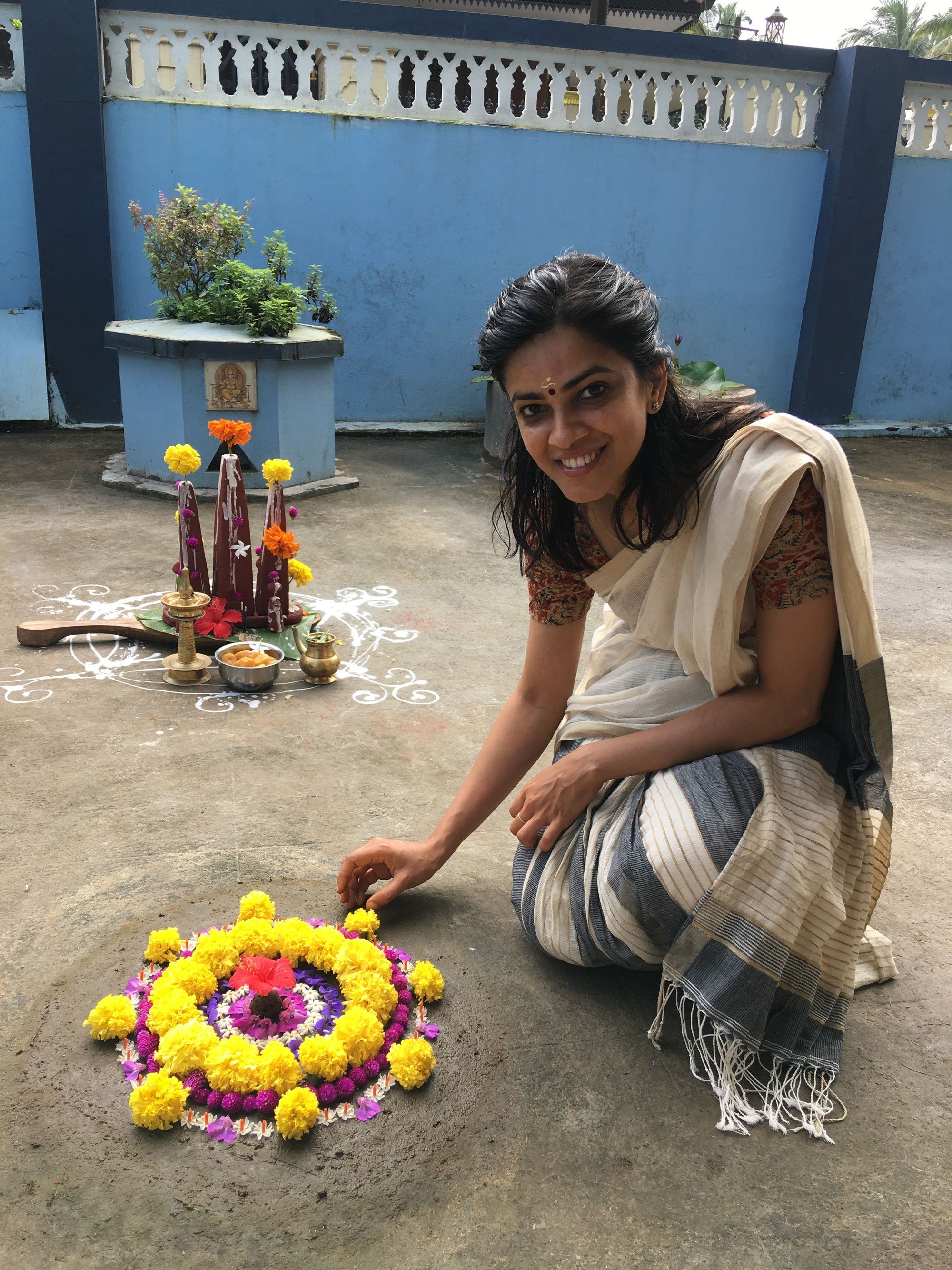

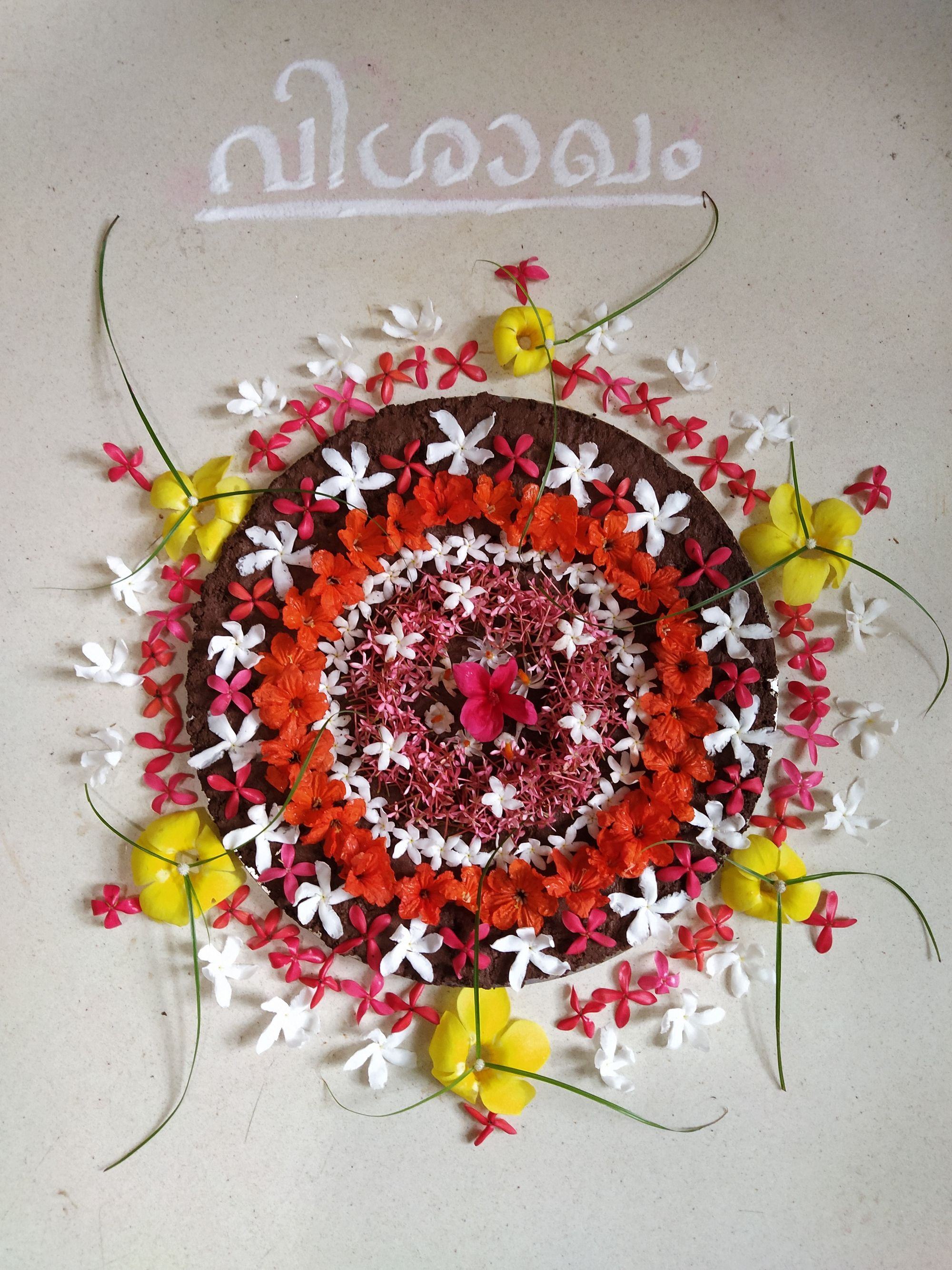
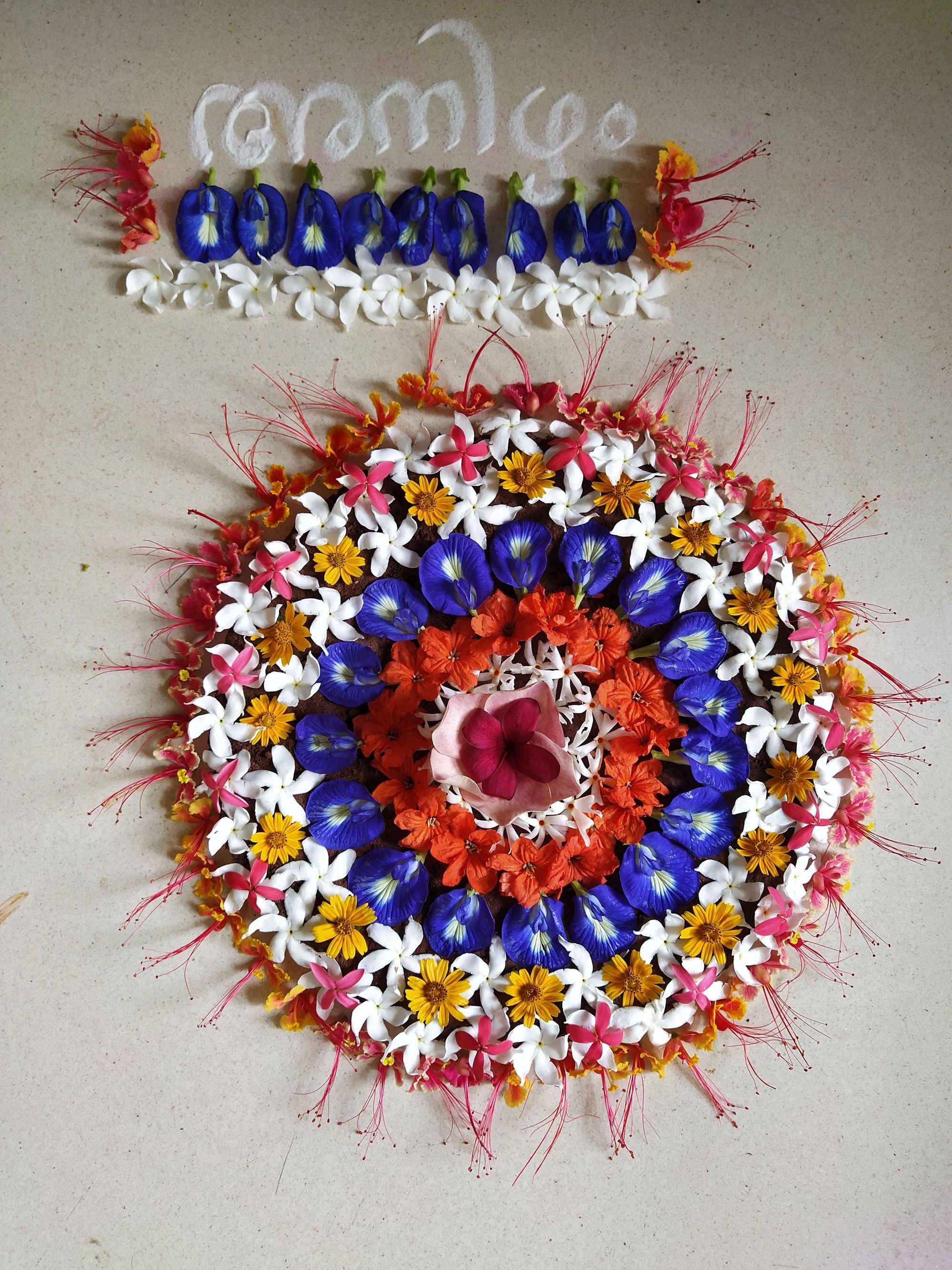
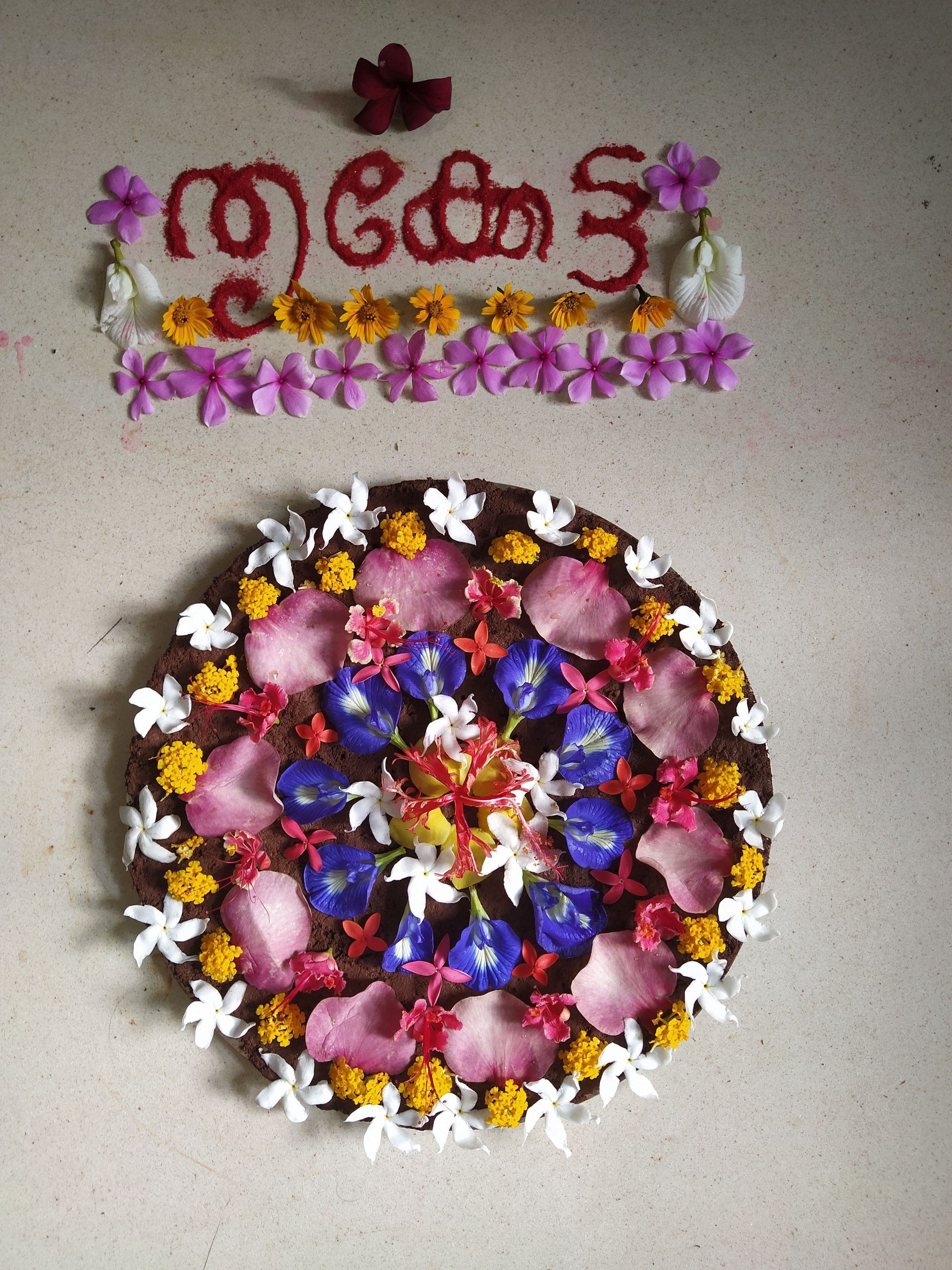
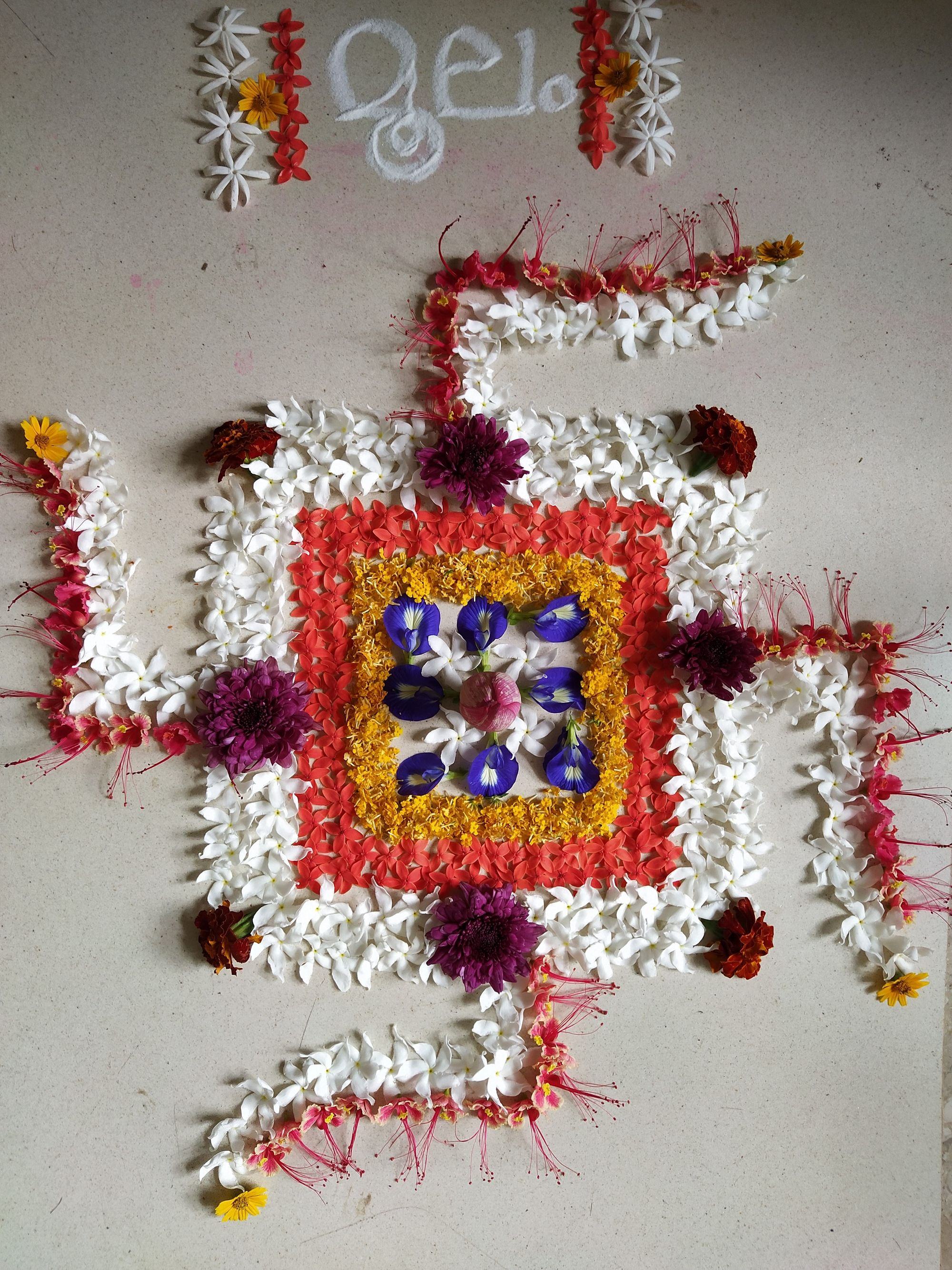
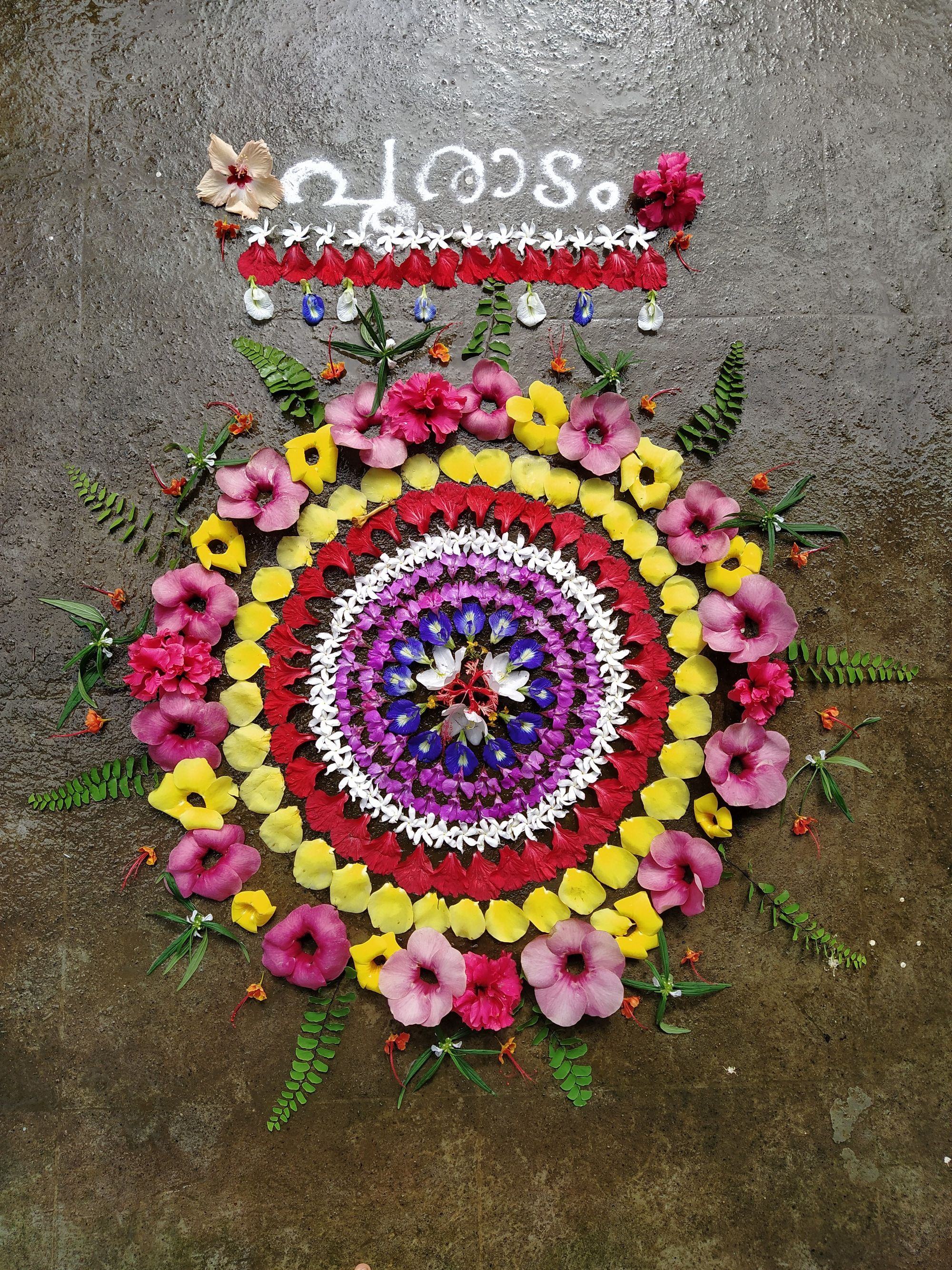
Uthradam, the day starts with the ritual installation of clay figures, known as Onathappan. They represent king Mahabali and Vamana (the fifth incarnation of God Vishnu, who sent Mahabali to the underworld but allowed him to visit his kingdom once a year during Onam). The ninth day of Onam is auspicious and equally important as the tenth or final day. The earthen pyramids are decorated and offered food three times a day and worshipped for three days, starting on the day of Uthradam.
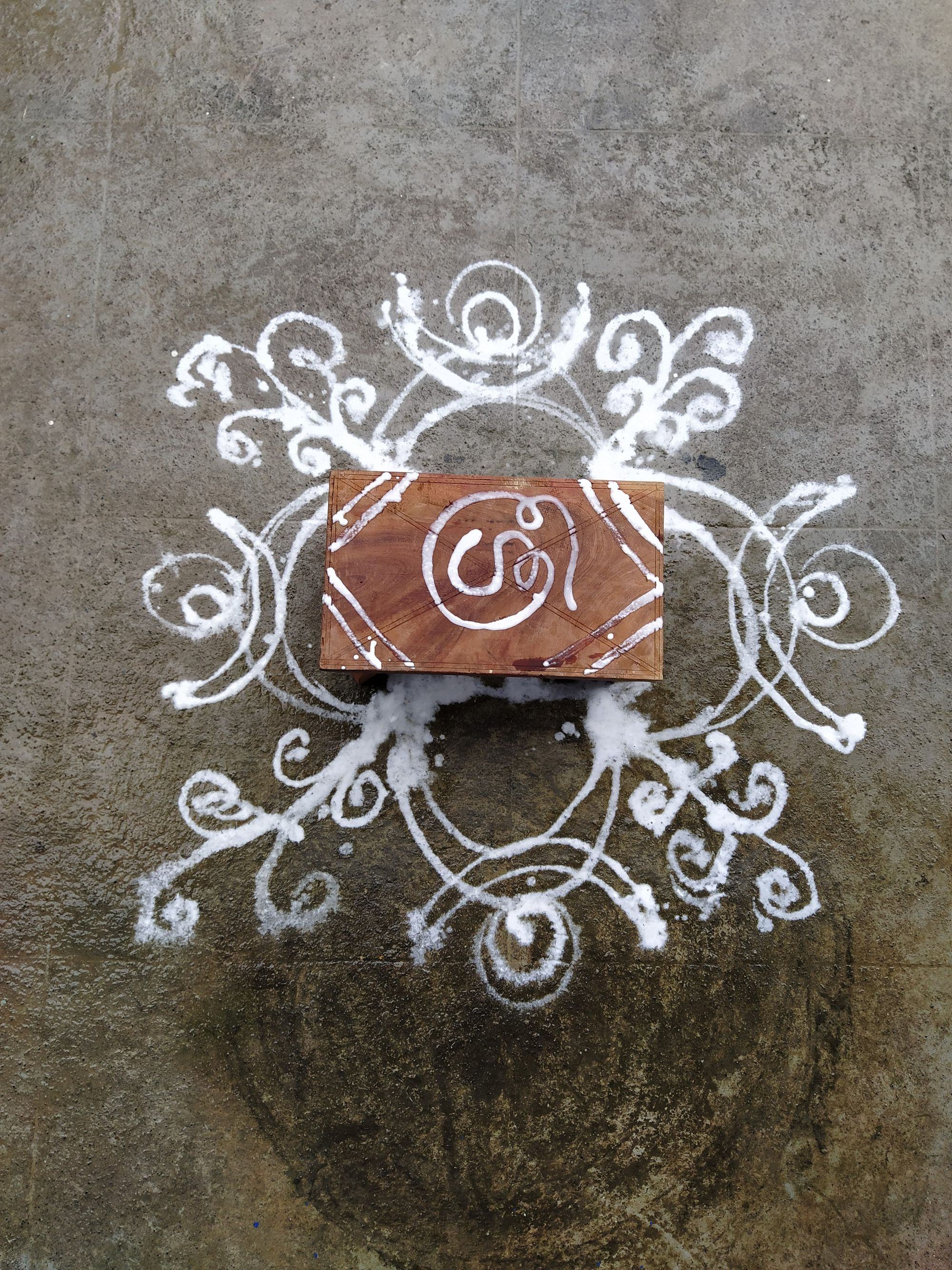
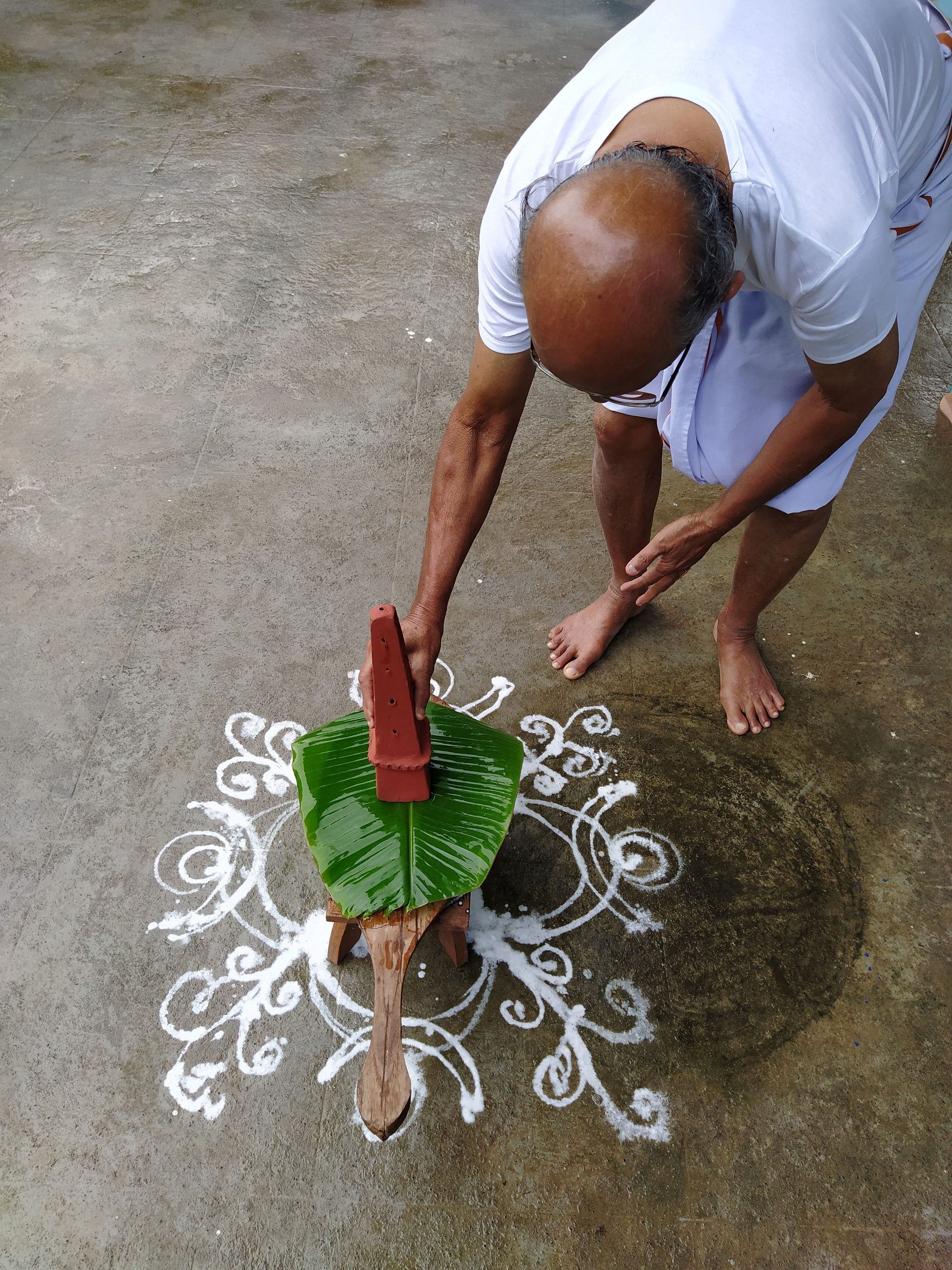
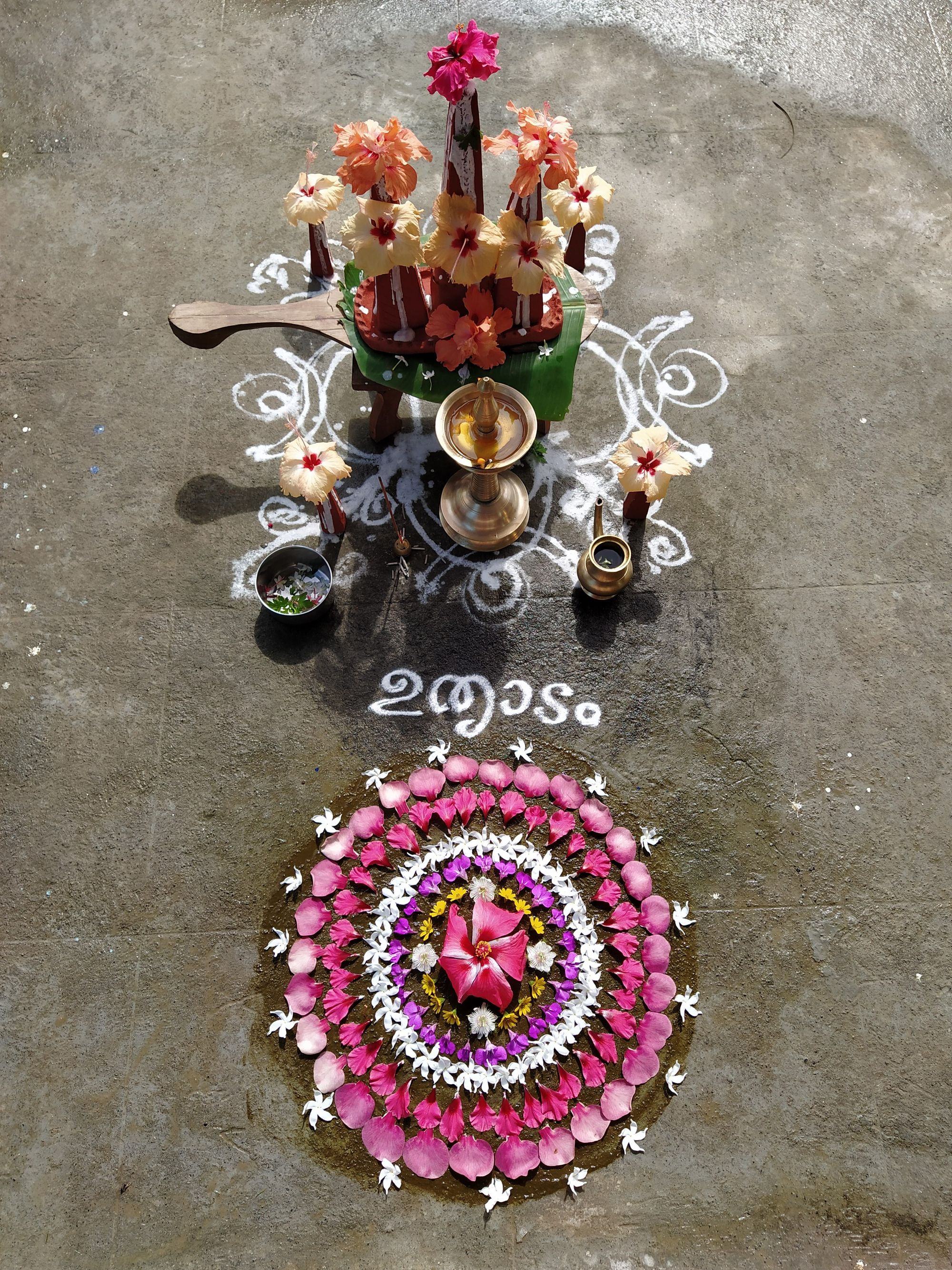
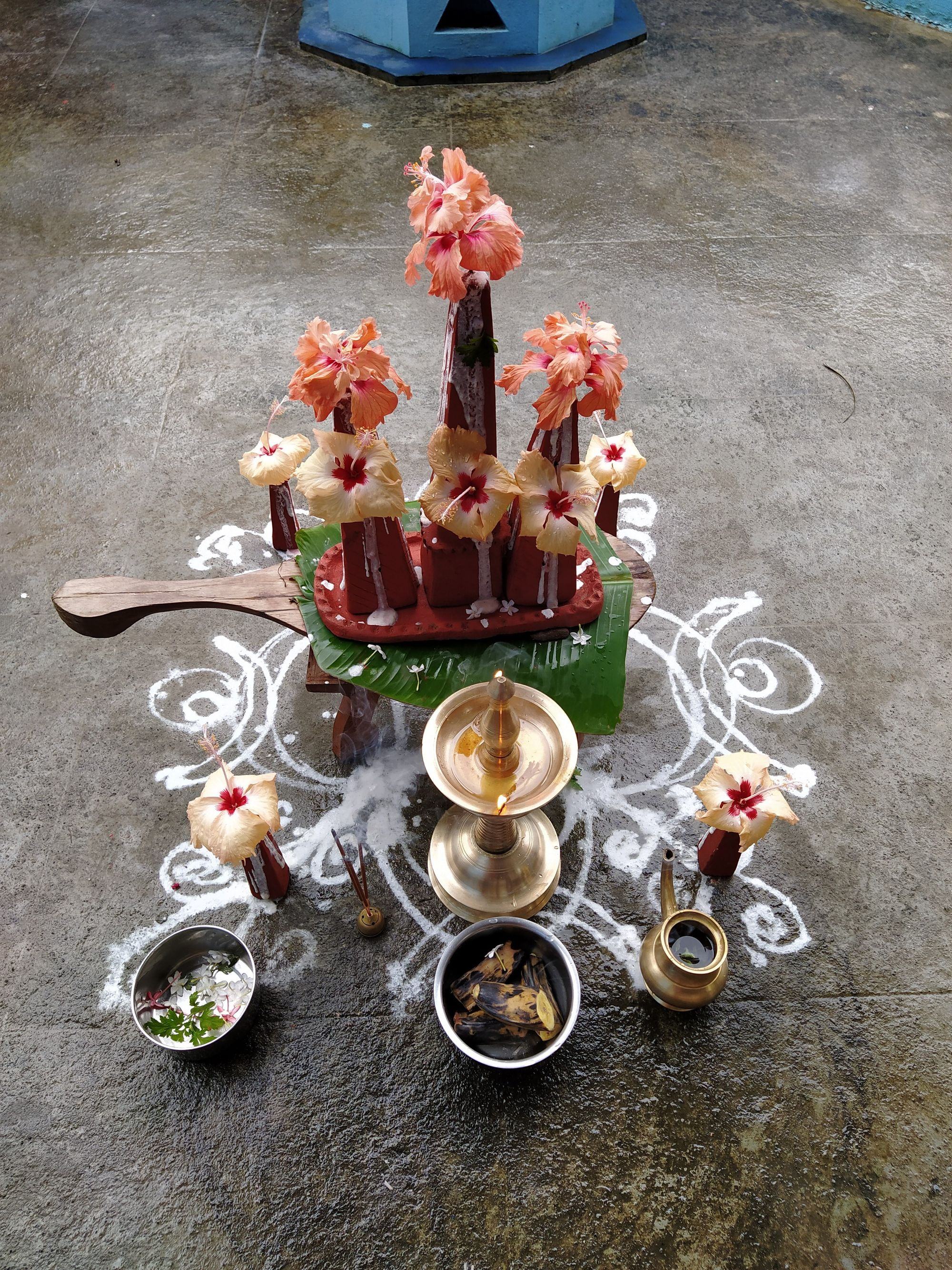
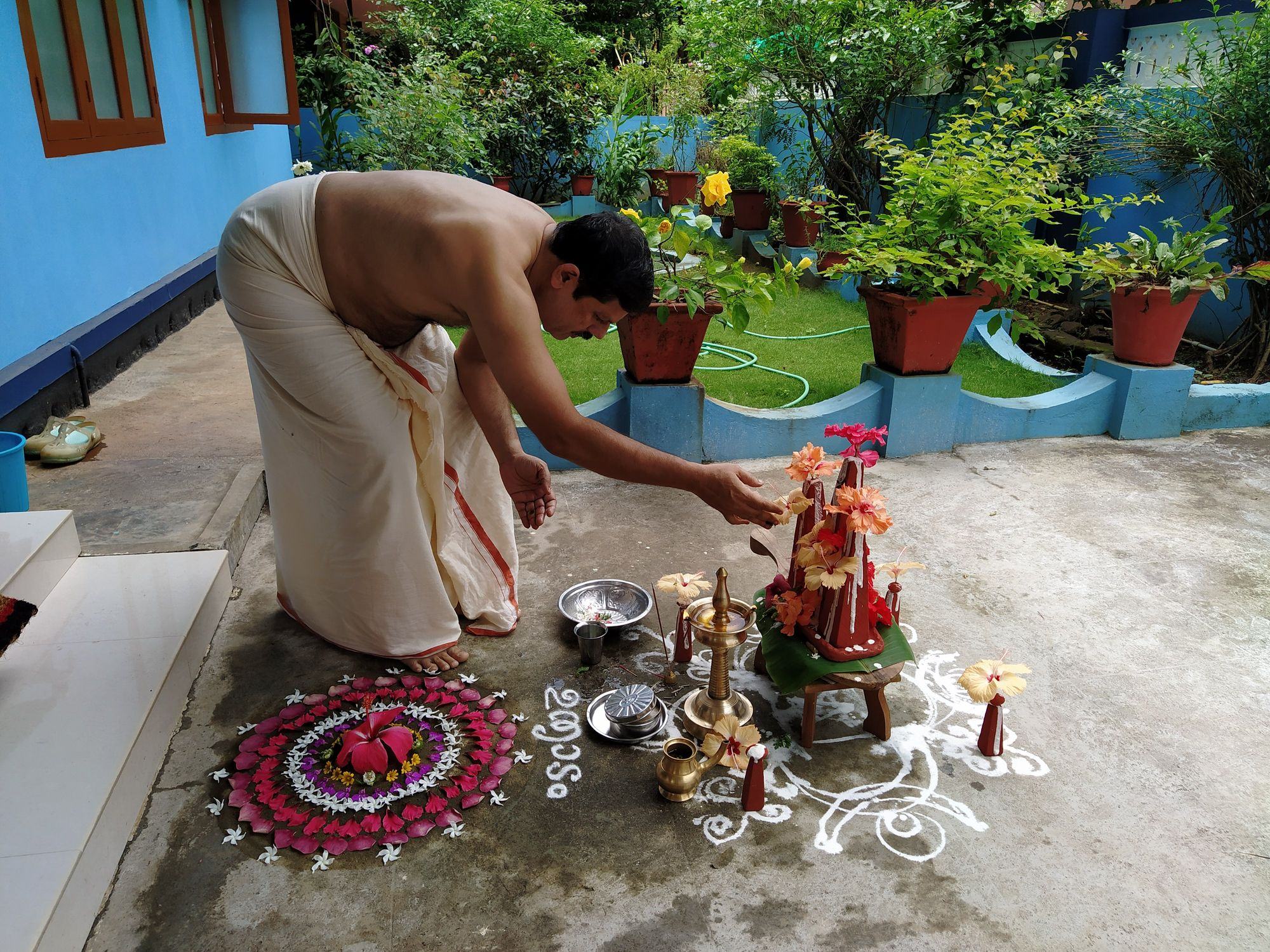
The main Onam celebrations occur on Thiruvonam, the day when King Mahabali is said to visit people's homes. Homes are cleaned, pookalam are elaborate, new clothes are worn, and families gather to enjoy an elaborate vegetarian feast known as the Onasadya.
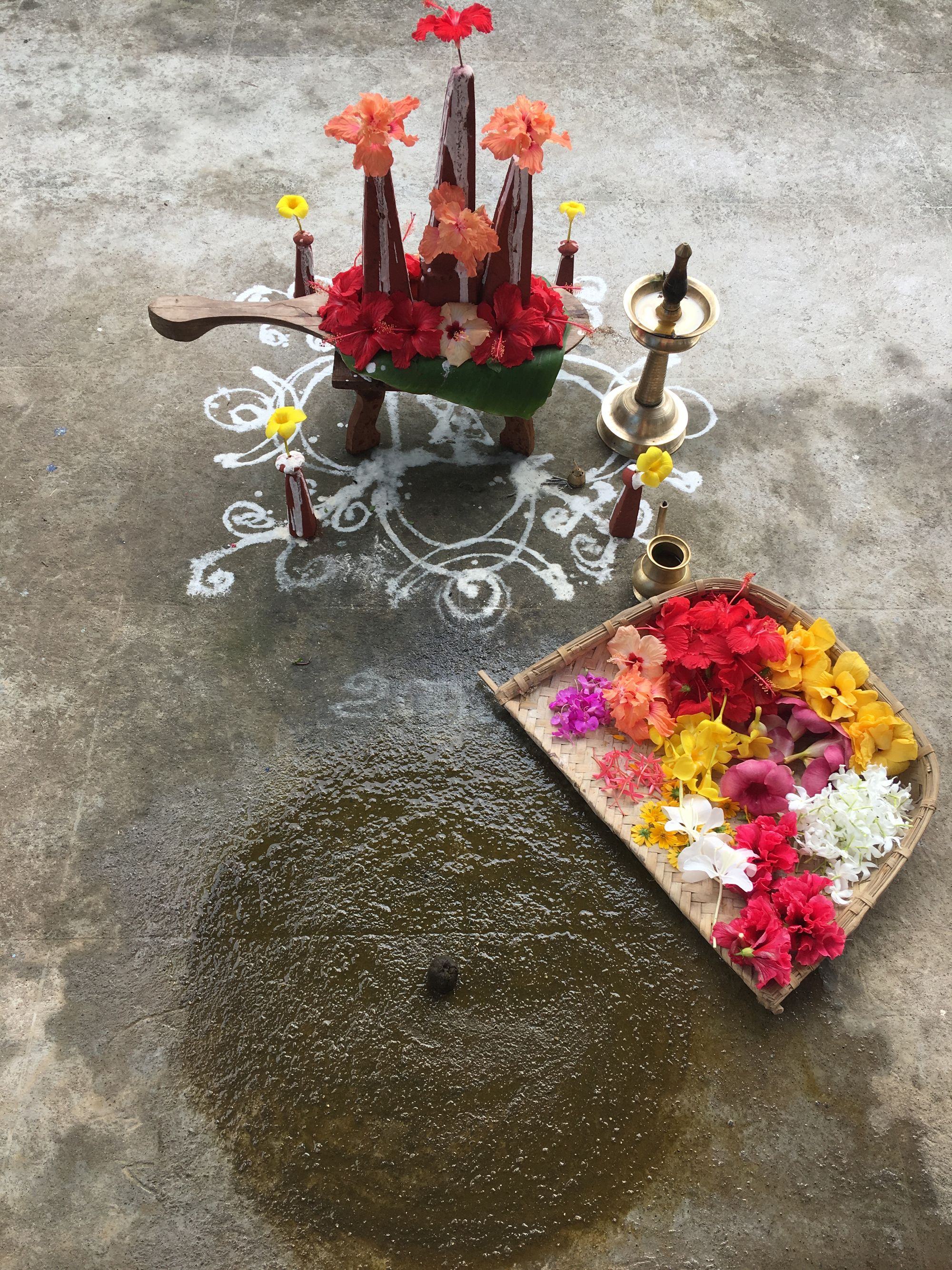
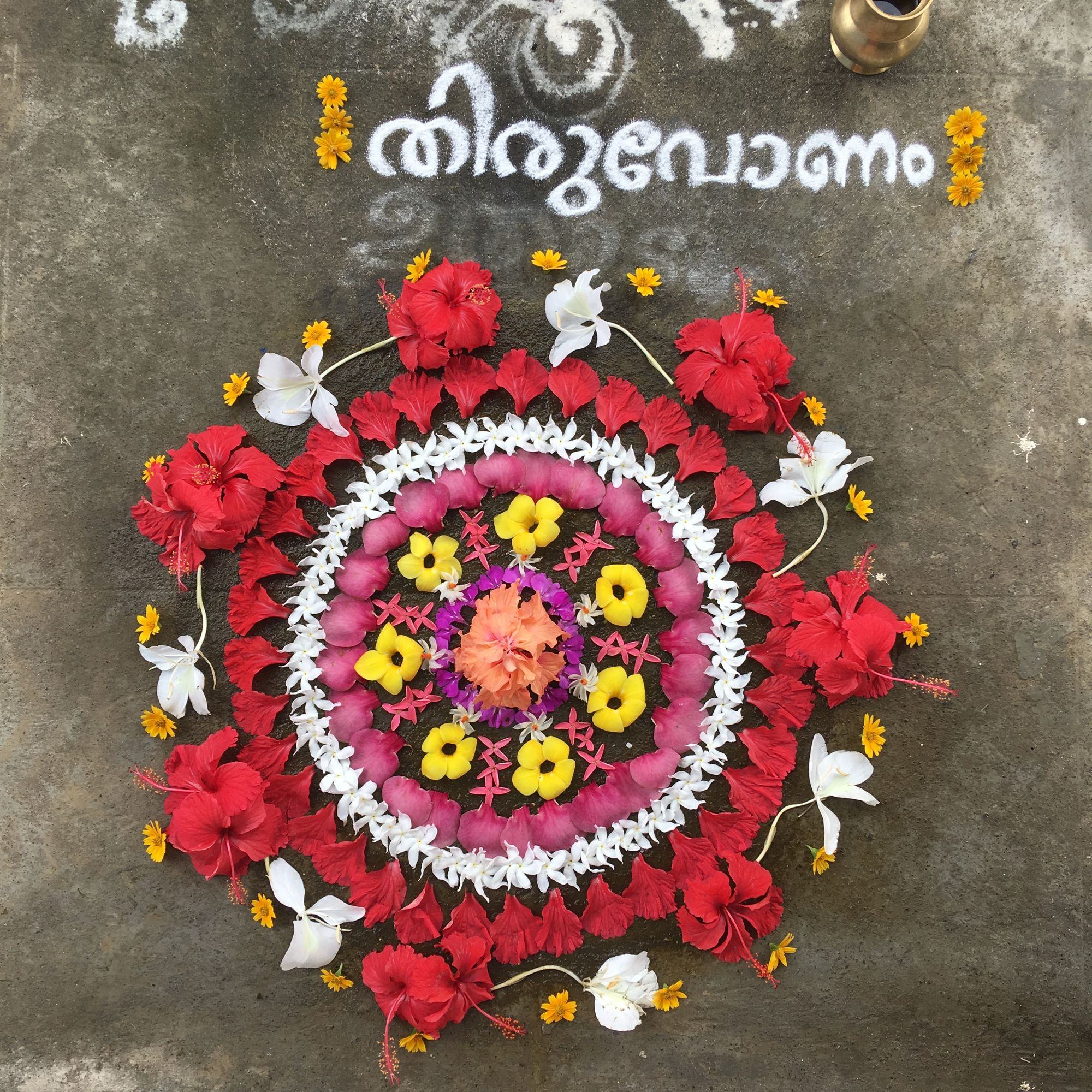
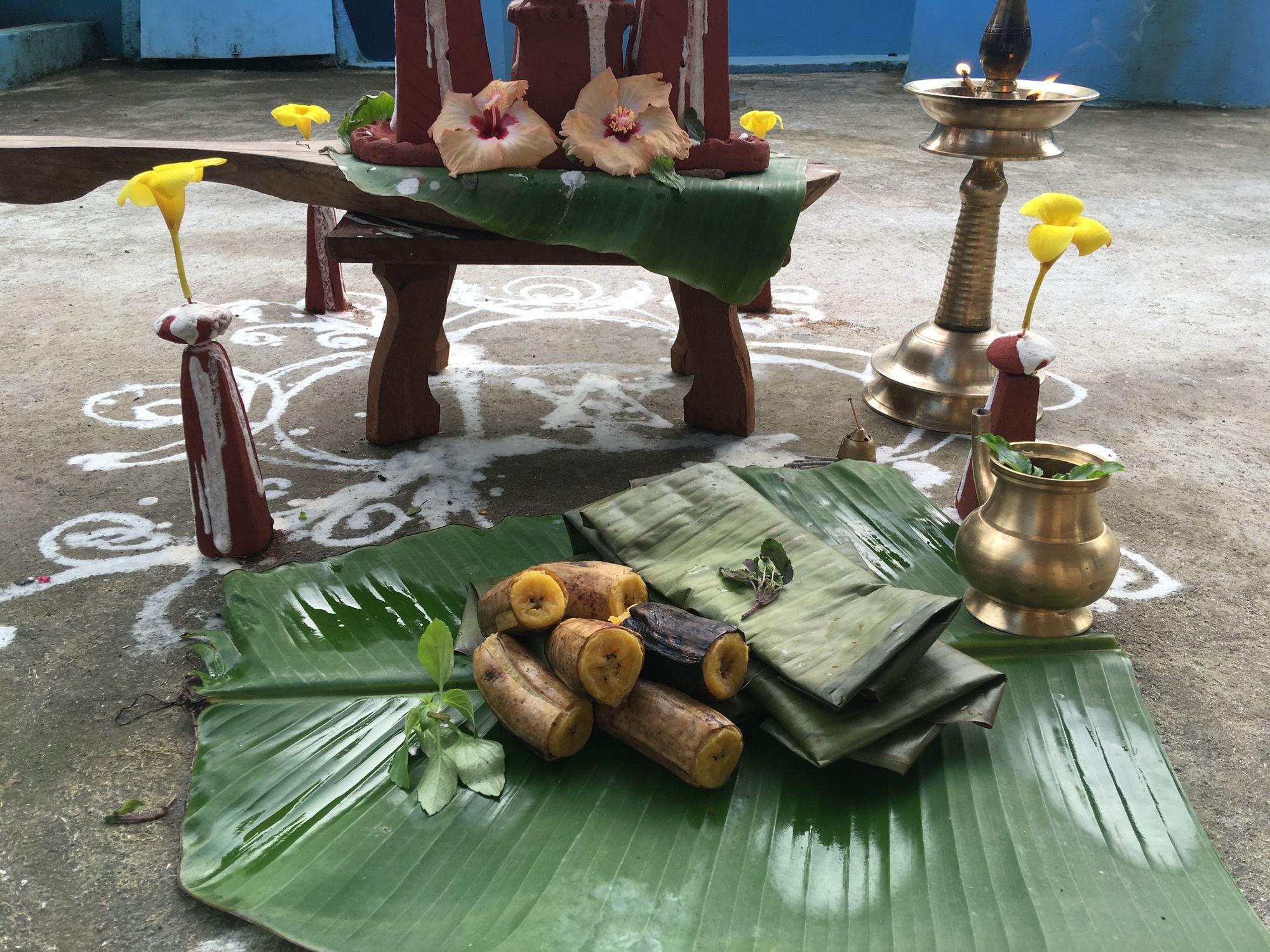
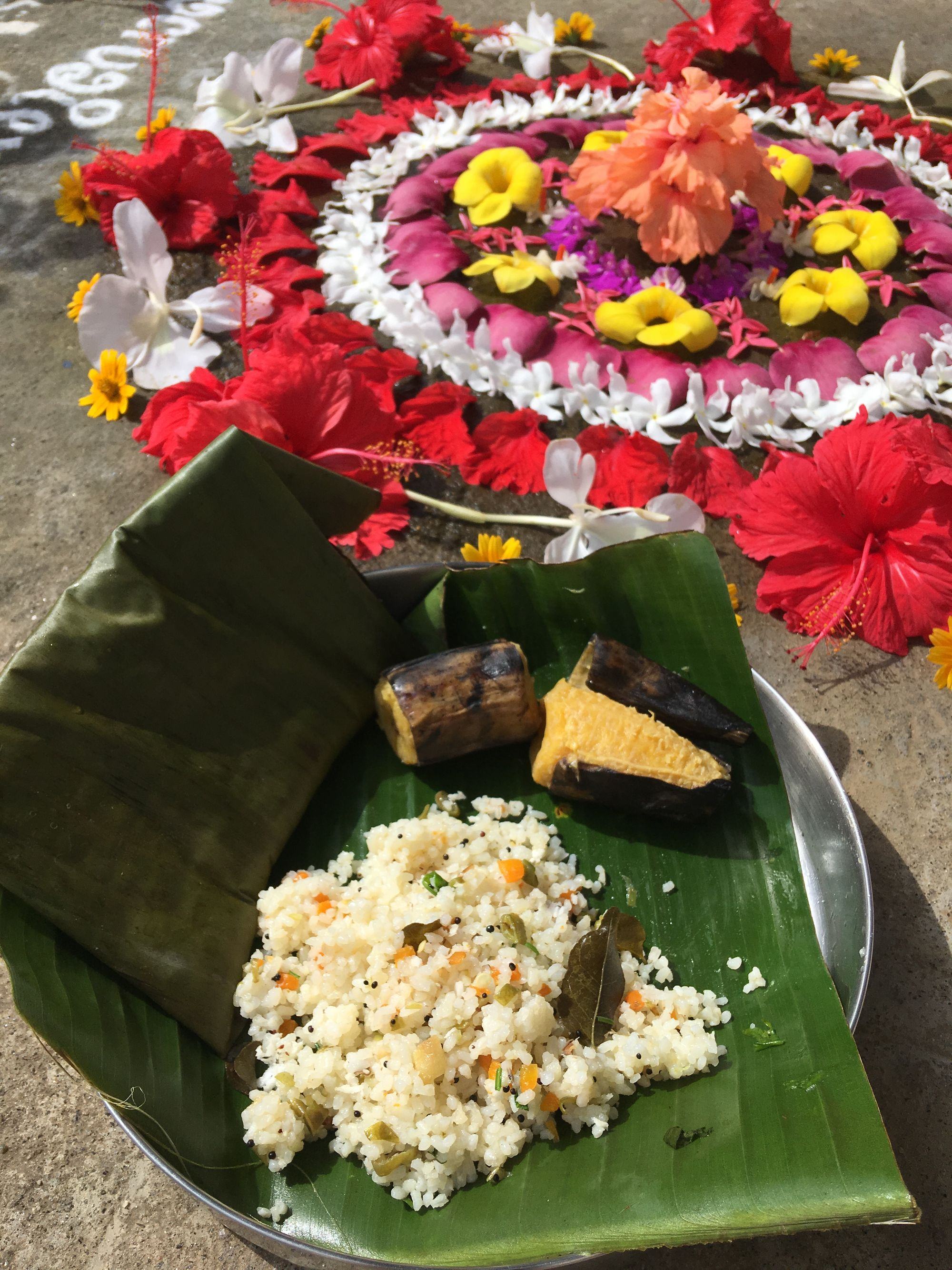
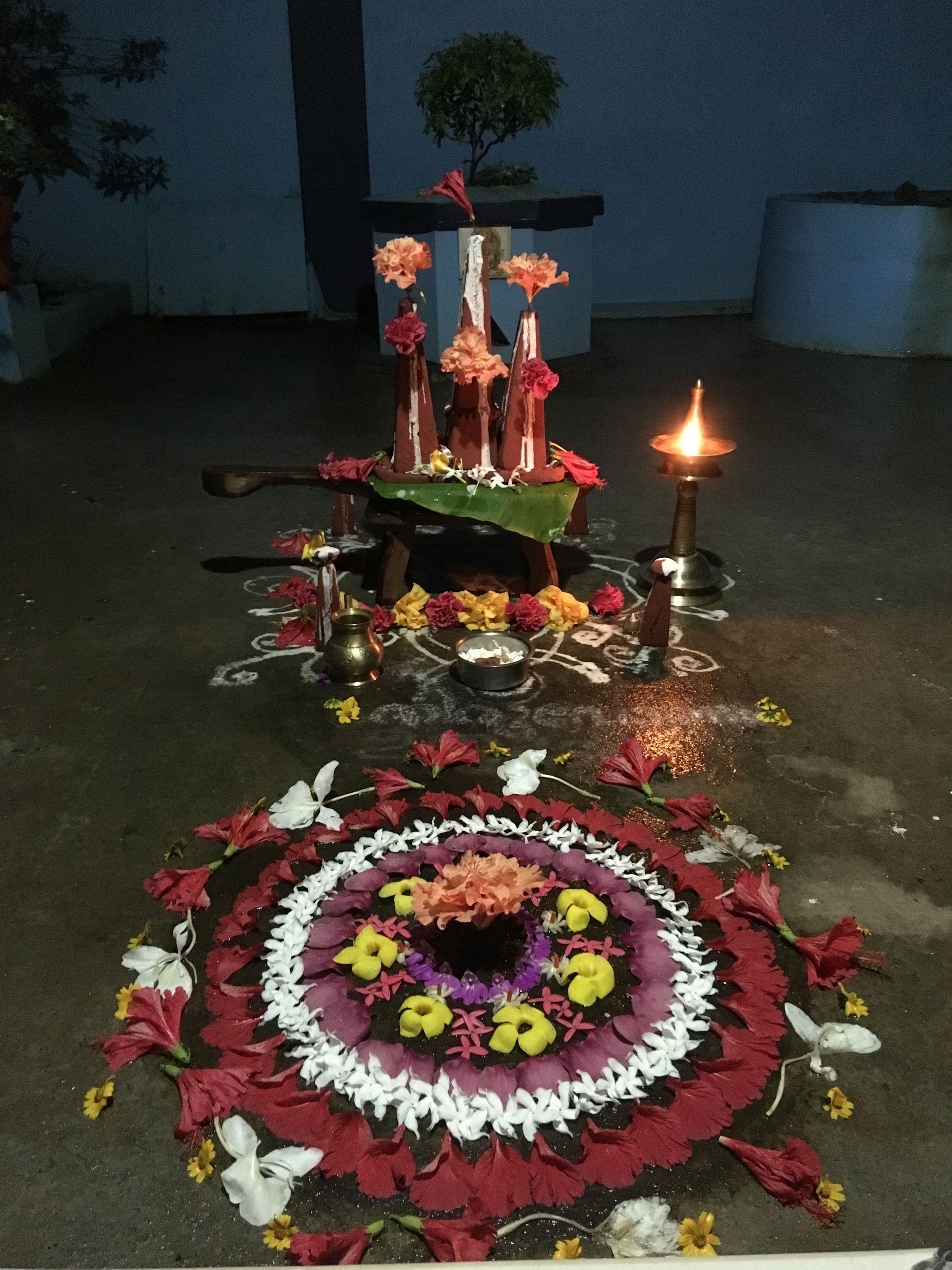
It is on the 10th day of festivities or Thiruvonam that the lavish Onam Sadhya is cooked in all households. Here is a personal recipe from Manjusha to prepare avial the Kerala way.
